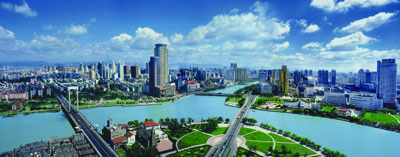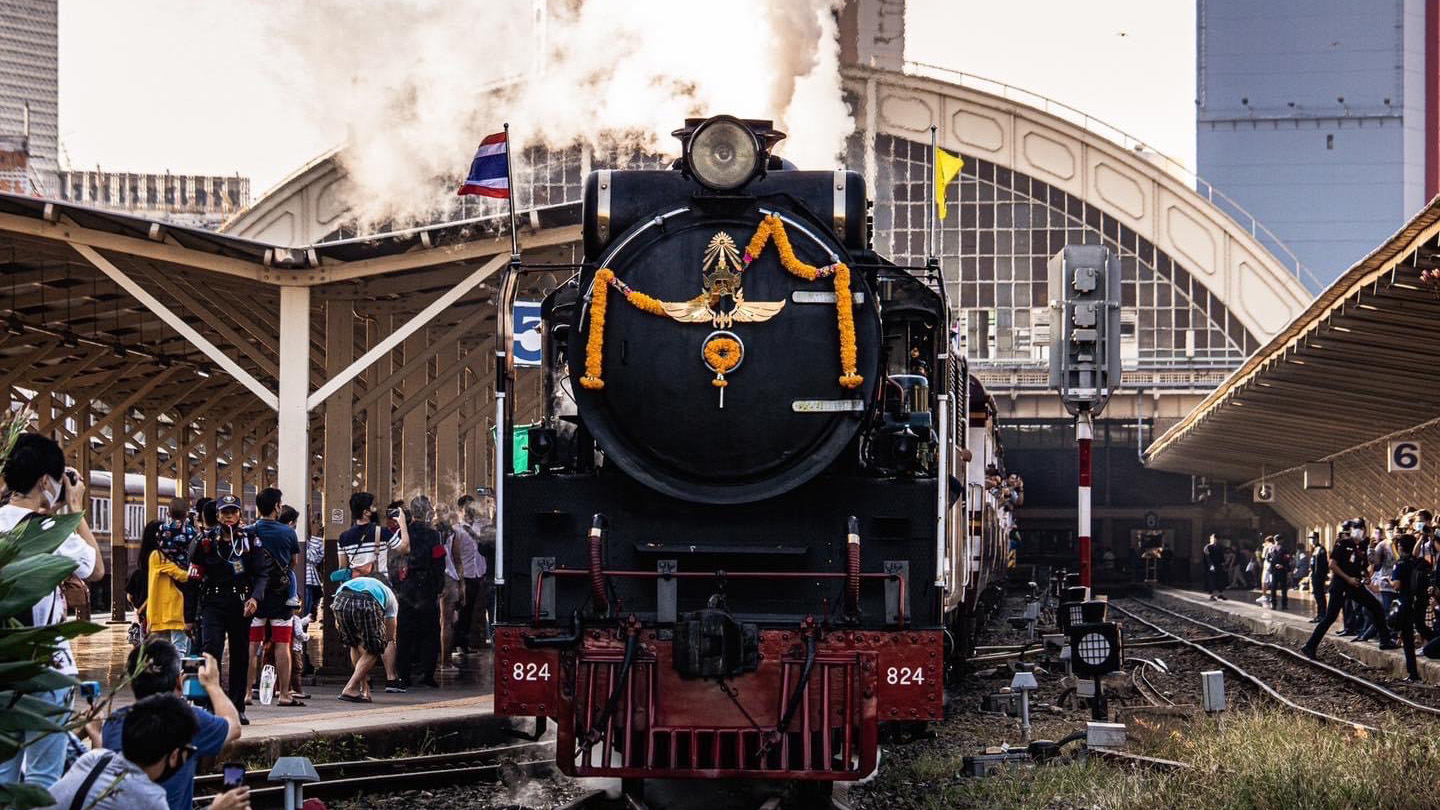
USPs
In Duncan Clark’s book, The House that Jack Ma Built, about his friend and business associate who founded the Alibaba digital retail empire, he wrote of the Iron Triangle. This is the region of East China where Ma grew up, founded Alibaba and where today an ecosystem of supporting companies have sprung up in the fields of technology, logistics and manufacturing.
Ningbo is a two-hour drive from Ma’s home city of Hangzhou, where Alibaba has its headquarters. But as the second largest city in the economic powerhouse of Zhejiang province, Ningbo’s economic and strategic role in China’s Iron Triangle will become more significant to business event planners, along with the city’s history and culture.
Zhejiang province is also known as the Land of Fish and Rice with Ningbo locals – and indeed the city’s tourism chiefs – proud of the snacks and seafood to be found in street stalls and restaurants.

VENUES
Ningbo International Convention and Exhibition Centre – The NICEC is where the big trade shows roll in and its modern architecture takes pride of place along Yong Xin riverfront. Pan Pacific Serviced Suites and Howard Johnson IFC Plaza NIngbo are among the nearby hotels.
Shangri-La – This downtown high-rise overlooks the location where the rivers Yuyao, Yongjiang and Fenghua meet. It’s also within walking distance of the shopping areas of Tianyi Square and Heyi Avenue.
Langham Place, Ningbo Culture Plaza – Another city centre opening that gives Ningbo a luxury edge. The Langham Place provides convenient access to shows at the culture plaza and the surrounding financial district.
Park Hyatt – Perched on the banks of Dongqian Lake, a 22km drive from the city centre, the 226-guest room property is in one of the Ningbo’s most scenic locations. Meetings rooms are suitable for small- to medium-sized groups, while the whole property makes an ideal incentive retreat.
CONNECTIONS
Ningbo Lishe International Airport – Routes across China, including Hong Kong and Macau, and to Bangkok and Singapore are served, mostly by lower-cost carriers.
High-speed rail – The advent of this symbol of modern China has seen journey times between Hangzhou and Ningbo reduced to less than an hour on some trains, while Shanghai can be reached in under two hours.
Hangzhou Bay Bridge – This engineering feat shortens the travel distance between Ningbo and Shanghai by 120km, and it’s one of the longest seabridges in the world. The six-lane bridge is one of the links serving the Port of Ningbo area and its vibrant economy. There is a service centre halfway across built on an island with shops, exhibition space, restaurants and a viewing tower.

EXCURSIONS
Ningbo itself has become an excursion option for groups from Shanghai, around two hours away on the bullet train, and it’s easy to see why.
Old Bund – Like Shanghai’s, Ningbo’s bund grew from the foreign-concession era and and was first established after the first Opium War (1840-42), but was built 20 years before that of its larger neighbour. These days it is home to renovated Old Bund buildings, and more modern-era bars and restaurants.
Drum Tower – One of Ningbo’s landmarks, with the drum tower as its most striking feature, stands alongside traditional buildings in a complex that dates back to the Yuan dynasty (2171-1368).
Water villages – Towns across East China regularly claim the title the “Venice of China”. Indeed, the canal routes are picturesque and run through the old parts of historical cities, such as Suzhou and Wuxi, but less developed villages like Jinguan, Zoumatang and Cicheng, where buildings have been admirably restored and preserved are also worth an excursion.


